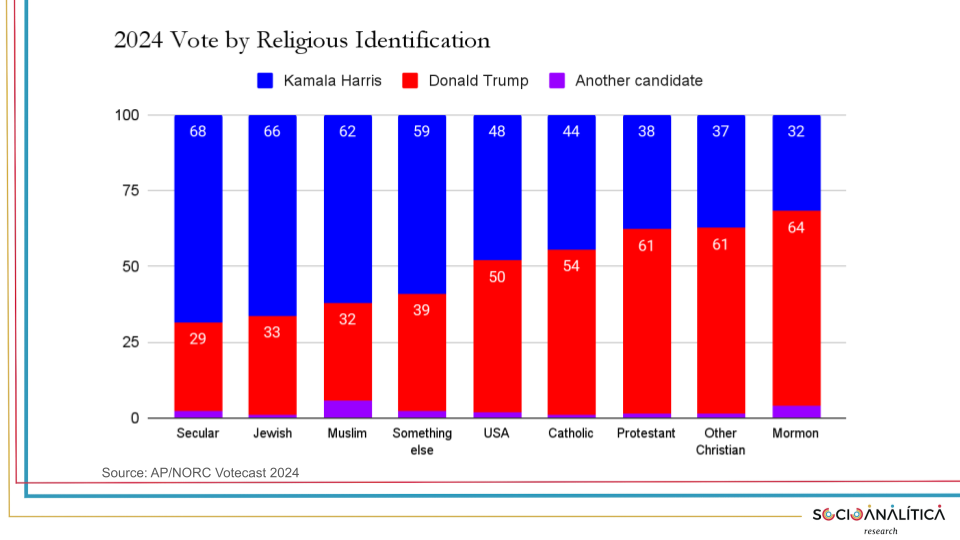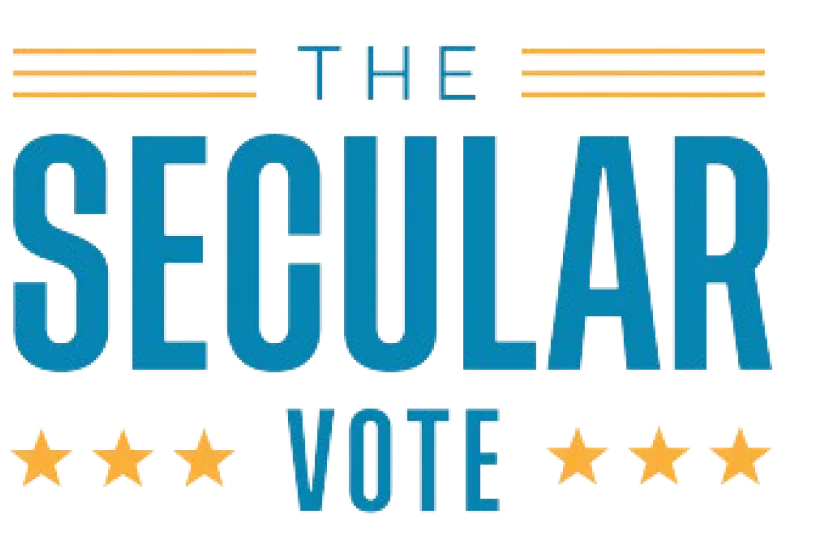Since 1980, there have been eleven U.S. presidential elections, and data from exit polls shows that the majority of people with no religious affiliation—often referred to as “nones”—have consistently supported the Democratic Party candidate. This trend has generally strengthened over time. In the 1980, 1984, and 1988 elections, Democratic candidates had a smaller margin of victory among nonreligious voters, but the 1990s and beyond saw this margin grow substantially. During the 1990s, Republican candidates experienced their lowest levels of support from the nones, while Democratic candidates maintained strong backing.
In the 1980 election, Democratic incumbent Jimmy Carter received 41% of the none vote, compared to 36% for Republican challenger Ronald Reagan, a relatively small gap. However, this would be the closest a Republican would come to winning over the nones in the following elections. In 1984, Reagan increased his share to 40%, but his opponent, Democrat Walter Mondale, captured 59% of the none vote. By 1988, Democratic candidate Michael Dukakis won 62% of the nones, with Republican George H.W. Bush receiving only 36%. This marked the last time a Republican would capture at least one-third of the none vote.
The 1980 election also highlighted the none voters’ support for third-party candidates, with 23% of nones voting for someone other than the two main party candidates, such as independent John B. Anderson. This trend of significant support for third-party candidates continued into the 1990s. Businessman Ross Perot garnered 18% of the none vote in 1992 and 13% in 1996, while Green Party candidate Ralph Nader attracted 7% of nones in 2000.
The 1990s saw Democrats solidify their lead among nones. Bill Clinton secured 62% of the none vote in 1992, and 59% in 1996. In contrast, George H.W. Bush and Bob Dole received just 20% and 23%, respectively, of the none vote in these elections. Al Gore followed in 2000 with 61% of the nones, while George W. Bush improved the Republican share slightly with 30%.
In the 21st century, Democratic candidates consistently garnered at least two-thirds of the none vote. John Kerry received 68% in 2004, while Barack Obama secured 75% in 2008 and 70% in 2012. Hillary Clinton received 67% of the none vote in 2016 and Joe Biden a similar (65%) in 2020). On the Republican side, George W. Bush reached 31% in 2004, but subsequent GOP candidates struggled. John McCain received just 23% in 2008, Mitt Romney 26% in 2012, and Donald Trump 25% in 2016. However, Trump matched Bush’s 31% in 2020.
As the influence of Christian fundamentalism within the Republican Party became more pronounced, secular voters increasingly shifted toward Democrats. The none population has also grown over time, from just 7% of the U.S. population in 1980 to about 33% today. This expanding group has increasingly favored Democrats, with their average margin of victory among nones rising from 17 percentage points in the 1980s to 42 percentage points in the 21st century.


